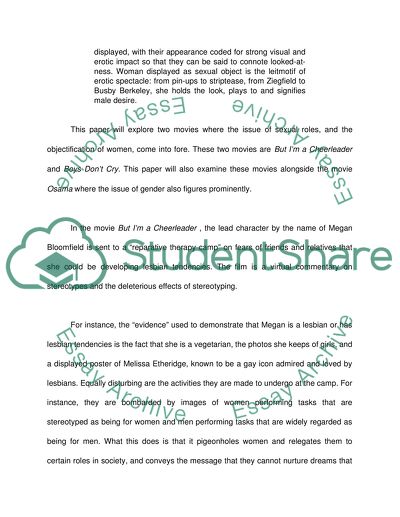Cite this document
(“Feminism in Film Movie Review Example | Topics and Well Written Essays - 2250 words”, n.d.)
Feminism in Film Movie Review Example | Topics and Well Written Essays - 2250 words. Retrieved from https://studentshare.org/miscellaneous/1517986-feminism-in-film
Feminism in Film Movie Review Example | Topics and Well Written Essays - 2250 words. Retrieved from https://studentshare.org/miscellaneous/1517986-feminism-in-film
(Feminism in Film Movie Review Example | Topics and Well Written Essays - 2250 Words)
Feminism in Film Movie Review Example | Topics and Well Written Essays - 2250 Words. https://studentshare.org/miscellaneous/1517986-feminism-in-film.
Feminism in Film Movie Review Example | Topics and Well Written Essays - 2250 Words. https://studentshare.org/miscellaneous/1517986-feminism-in-film.
“Feminism in Film Movie Review Example | Topics and Well Written Essays - 2250 Words”, n.d. https://studentshare.org/miscellaneous/1517986-feminism-in-film.


